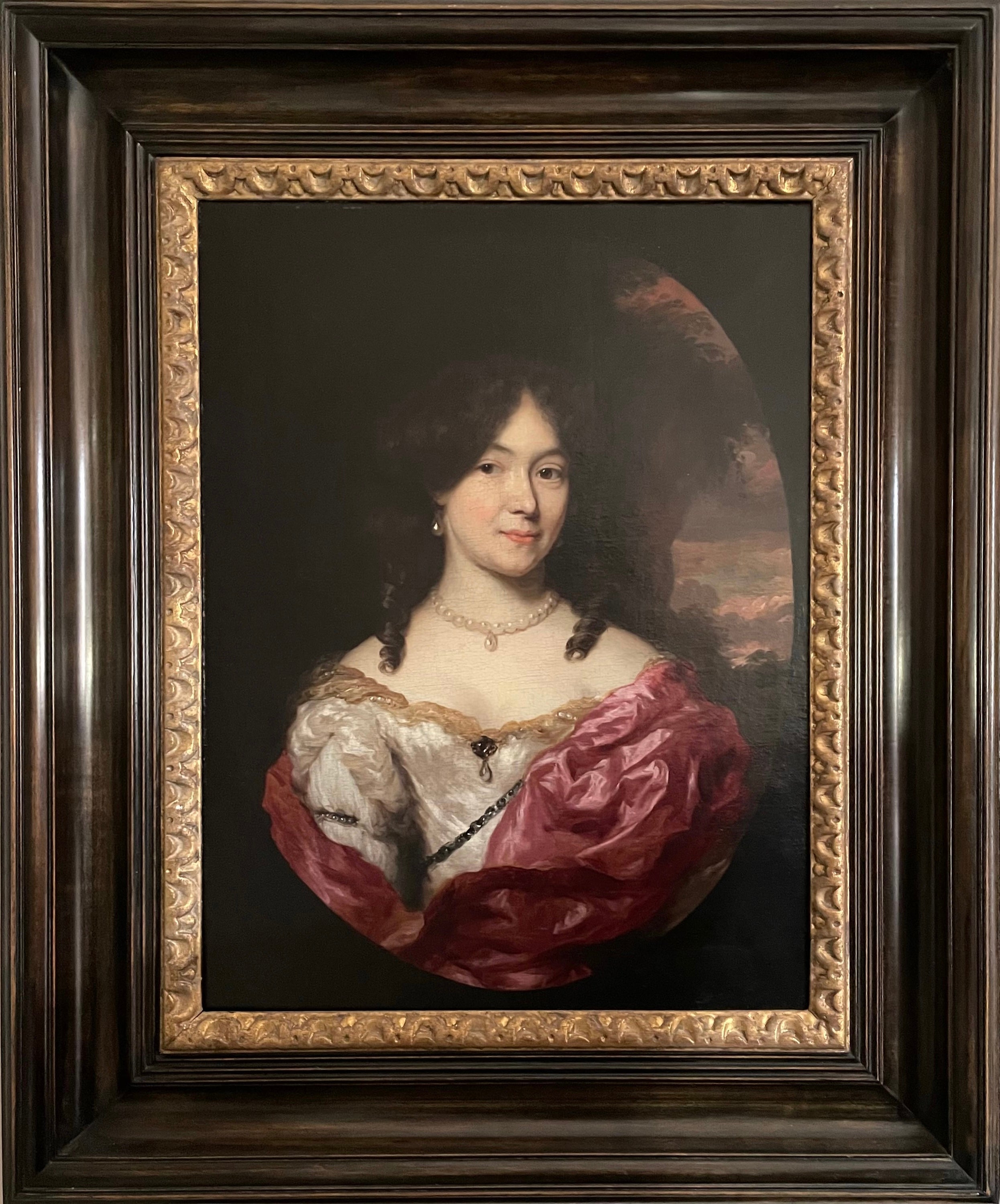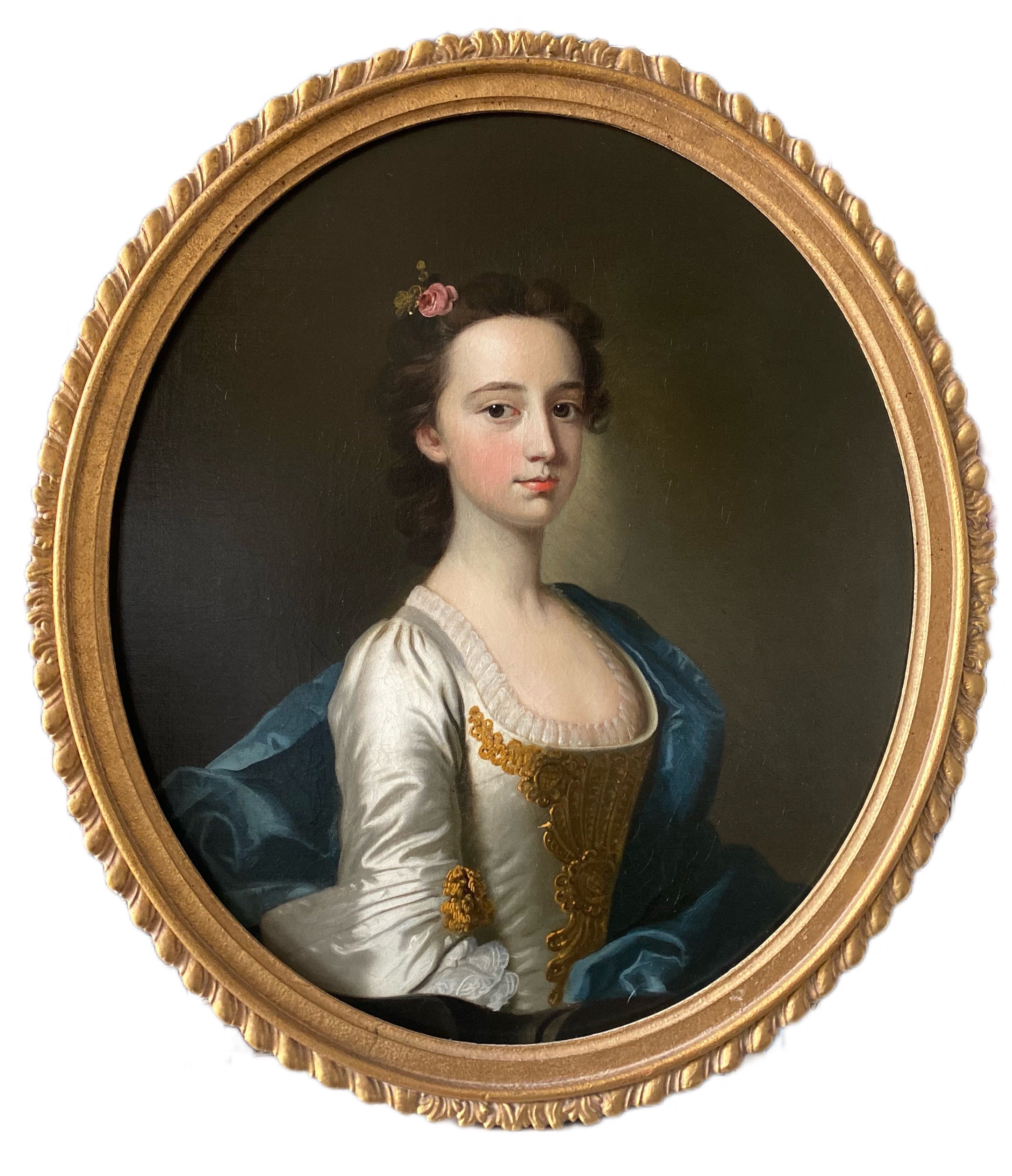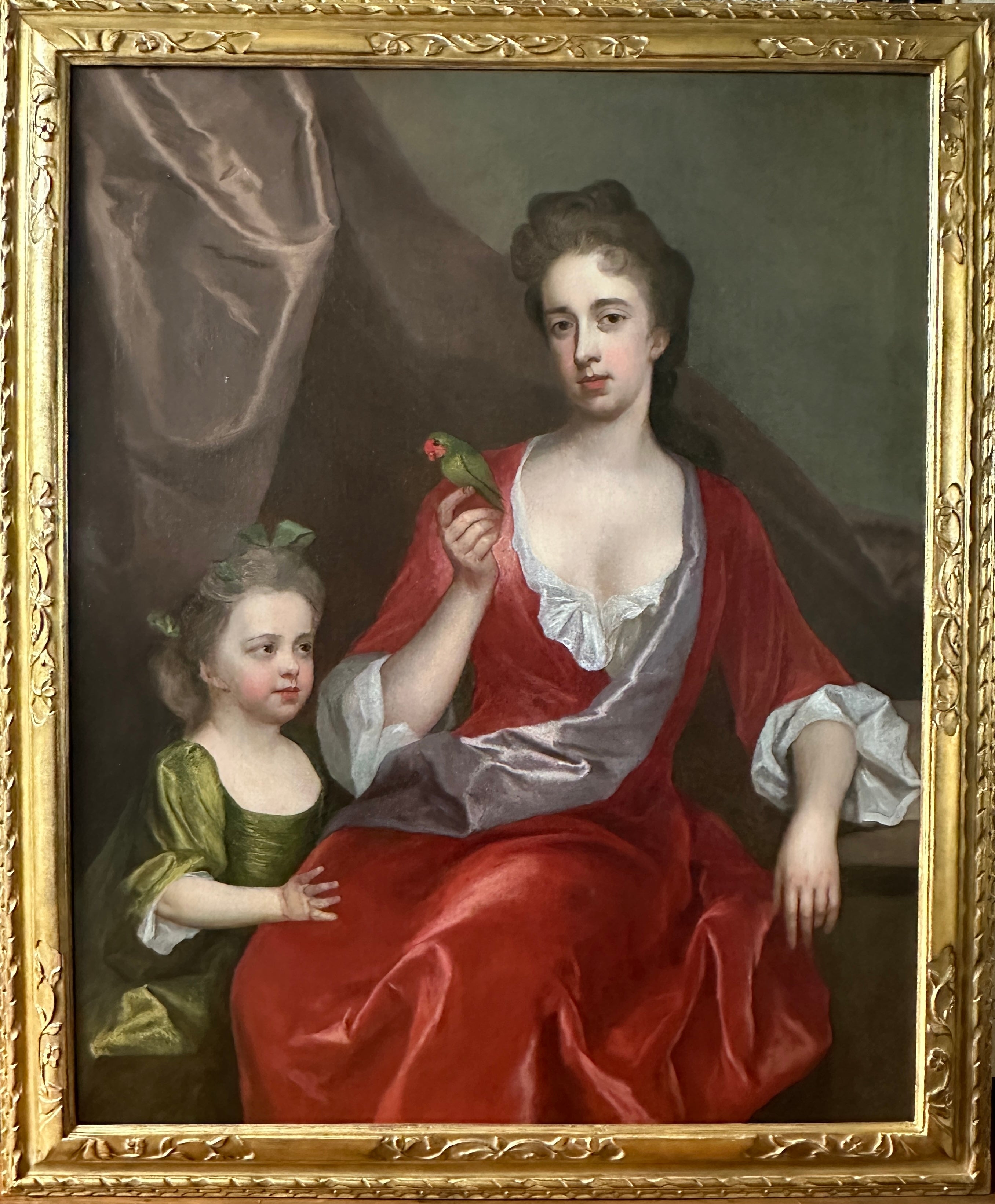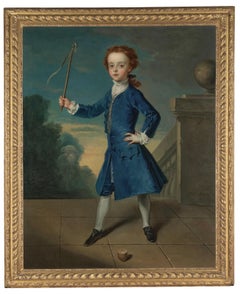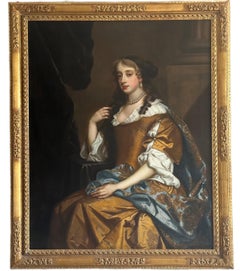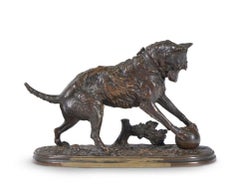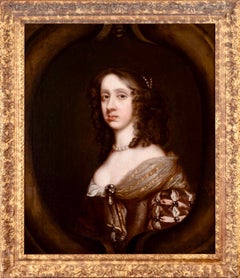About Isherwood Fine Art Ltd
Isherwood Fine Art specialises in Old Master, British and European paintings and sculpture from the 16th to 19th century. We have a particular emphasis on period portraiture from the 17th and 18th century and sporting and wildlife paintings from the 17th to 19th century. We also offer a selection of bronze figures from the 19th and early 20th century, primarily from the French animalier school of sculptors. Nicola Isherwood founded the business in 2002, and over the past twenty years has built an international following, selectively sourcing works of art for their qual...Read More
Established in 20021stDibs seller since 2015
Associations
The British Antique Dealers' Association
LAPADA - The Association of Arts & Antiques Dealers
International Confederation of Art and Antique Dealers' Associations
VAT ID
GB395761449
Featured Pieces
1740s Old Masters Portrait Paintings
Canvas, Oil
17th Century Old Masters Portrait Paintings
Canvas, Oil
Late 19th Century Naturalistic Figurative Sculptures
Bronze
17th Century Old Masters Portrait Paintings
Canvas, Oil
17th Century Old Masters Portrait Paintings
Canvas, Oil
18th Century Old Masters Portrait Paintings
Canvas, Oil
Late 19th Century French School Figurative Sculptures
Bronze
Late 19th Century Naturalistic Figurative Sculptures
Bronze
Early 18th Century Old Masters Portrait Paintings
Canvas, Oil
Early 18th Century Old Masters Portrait Paintings
Canvas, Oil
1720s Old Masters Portrait Paintings
Canvas, Oil
1880s Naturalistic Figurative Sculptures
Bronze
More About Isherwood Fine Art Ltd


